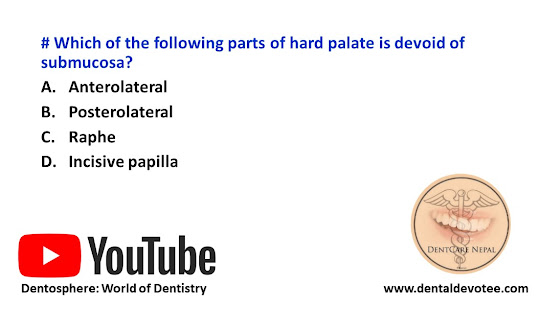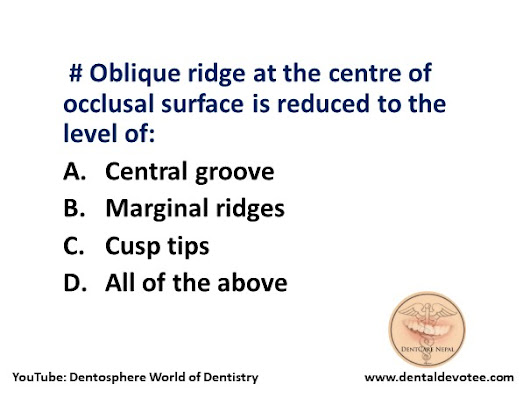Wisdom teeth or third molars usually enter the mouth between the ages of 17 and 25, a time of life that has been called the age of wisdom. When a tooth is blocked by another tooth or grows in a manner that makes it impossible to enter the mouth normally, it is said to be impacted. Many people have one or more impacted wisdom teeth. This article explains how third molar surgery can help prevent later problems in your mouth and teeth if wisdom teeth are to be extracted. We like to remove them when patients are younger: late teens or early twenties because it's an easier surgery for patients, the bone is more forgiving, the teeth aren't fully formed and we don't have to worry about the roots being close to important structures like the nerves in the lower jaw and the sinuses in the upper jaw.
The problem with third molars is that they often do not have enough space to grow into the mouth. For some patients, the teeth do come in but are so difficult to keep clean that it's better to remove them so that they do not develop problems that affect the teeth in front of the third molars. Sometimes these teeth are stuck or impacted underneath the gums that gives them the potential to develop cysts and cause other problems later in life. Because the likelihood that impacted third molars can cause problems now or problems in the future they are generally recommended for removal when a person reaches the late teens or early twenties. Many orthodontists refer their patients to an oral surgeon for wisdom tooth extraction to alleviate hygiene challenges and minimize the possibility of gum disease cavities and other problems that could affect the success of orthodontic treatment. If your orthodontist recommends extraction, you'll meet with the oral and maxillofacial surgeon beforehand. The surgeon will evaluate your particular situation and may perform certain diagnostic tests for surgery. It's very important that the mouth be clean. We ask patients to brush and floss their teeth as usual.
 |
| Impacted left lower third molar tooth and left upper supernumerary distomolar |
Wisdom teeth are usually removed under general sedation although sometimes only local anesthesia is used. Patients who will receive an intravenous anesthesia should not eat or drink for six hours before surgery. It's best to go to surgery wearing loose and comfortable clothing. The oral and maxillofacial surgeon selects the method that is best for each patient. The length and complexity of third molar surgery depends on a number of factors: it includes the position of the tooth, the length and curvature of the roots, the thickness of the bone surrounding the teeth and the patient's overall physical condition and health. In general, a young adult's wisdom teeth have incomplete root systems making tooth removal relatively uncomplicated. As wisdom teeth continue to grow, their roots lengthen and may become tangled with the sensory nerves that run through the lower jaw. When that happens surgery is more difficult and complications are more likely. If the tooth is impacted, an incision is made in the gum tissue which is turned back so the tooth can be seen. If bone is covering the tooth, some of it may need to be removed in order to expose the tooth this tooth may be removed in one piece or in some cases it may be cut into sections.
The removal of impacted wisdom teeth usually takes 45 to 60 minutes to complete. Once the wisdom teeth are removed, the gum tissue is sutured. Following surgery patients rest under supervision in the oral surgery office until they are ready to be taken home. Before leaving for home, patients are given specific post surgical instructions and prescriptions including pain medication. The best outcome is the ability of patients to be able to properly maintain the rest of the teeth they're keeping long-term. Patients can expect to experience improved dental hygiene and ease of home care.
Article By: Dr. Raman Dhungel, BDS (BPKIHS)




































